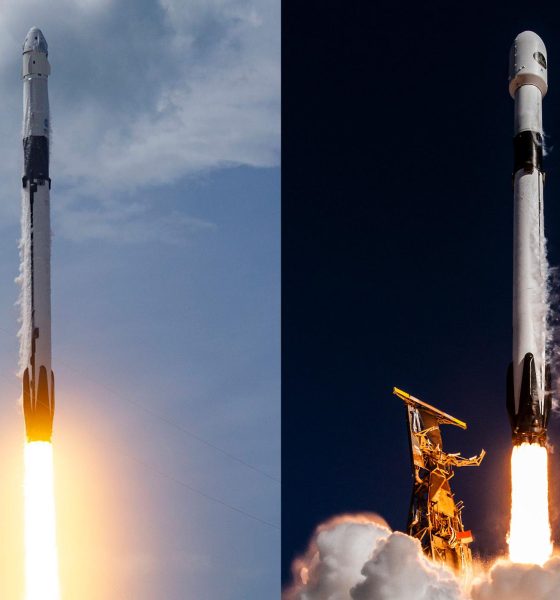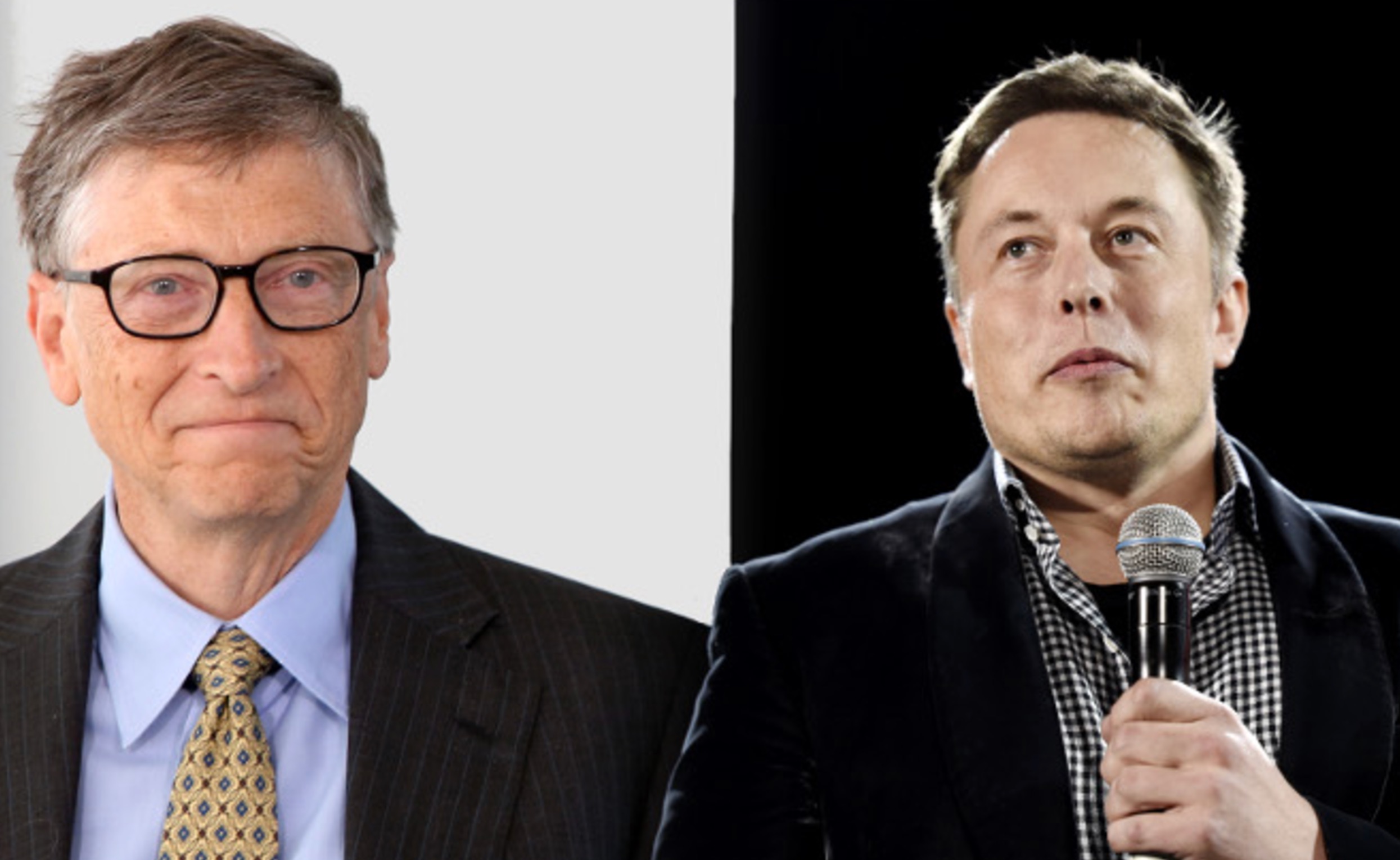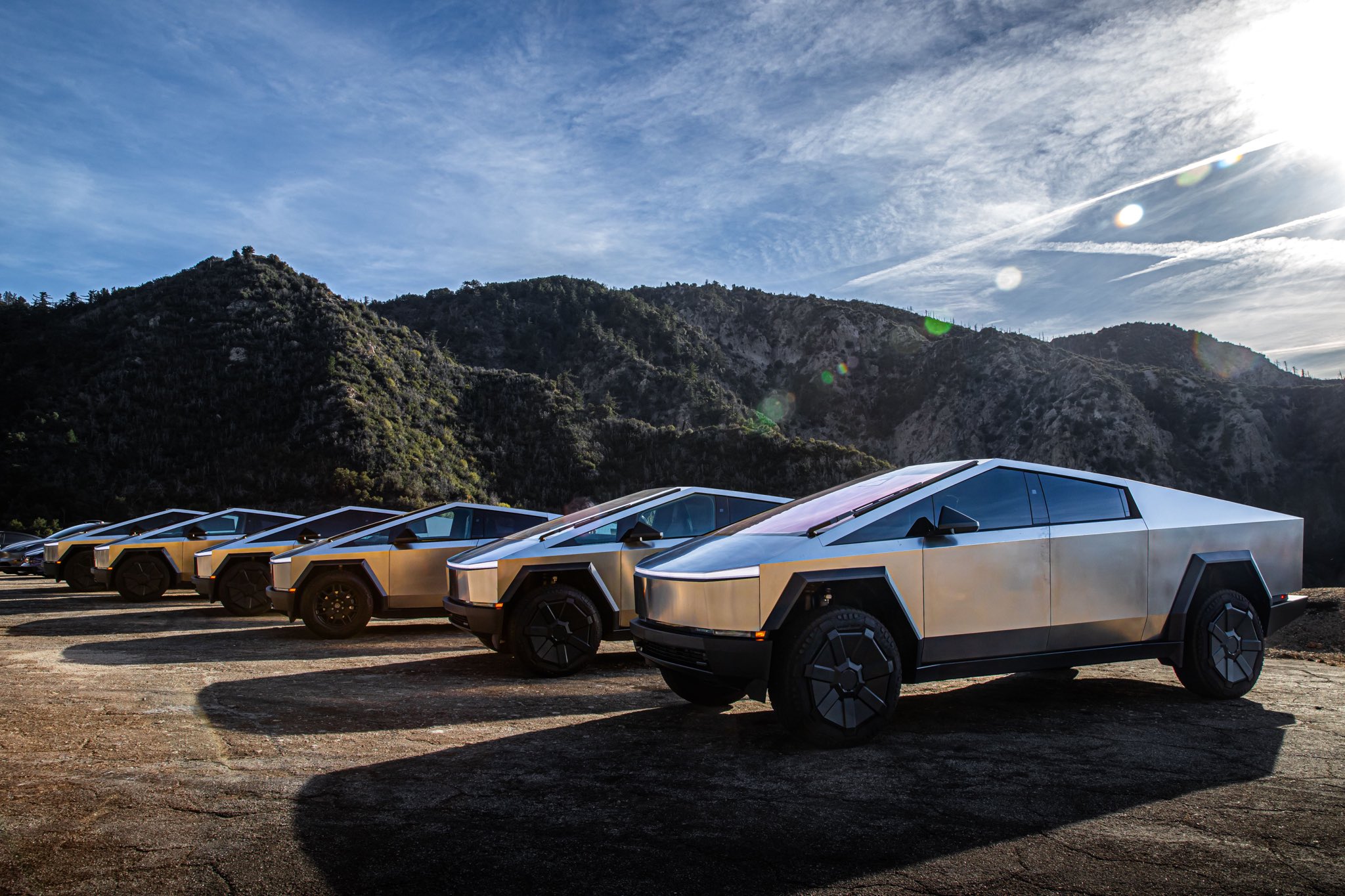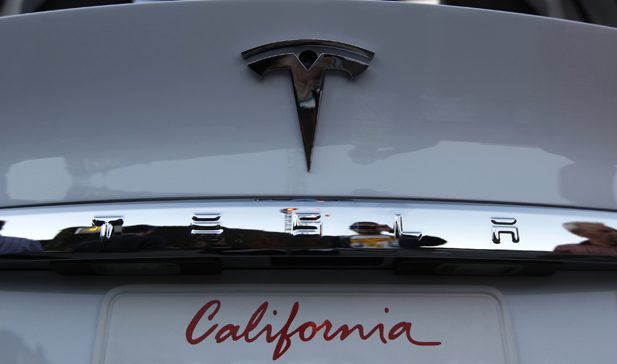

News
SpaceX schedules spy satellite, NASA astronaut launches on the same day
The US National Reconnaissance Office (NRO) has confirmed that its next spy satellite is scheduled to launch on a SpaceX Falcon 9 rocket on the same day the company is planning to launch four NASA and ESA astronauts.
Following SpaceX’s flawless NROL-87 spy satellite launch last month, the NRO has announced that the company is on track to launch NROL-85 – another one or several unknown but potentially related spy satellites – as early as April 15th. Less than two hours prior, NASA simultaneously confirmed that SpaceX is on track to launch Crew-4 – the agency’s fourth operational astronaut transport mission – on April 15th.
Technically, SpaceX has already successfully conducted multiple pairs of launches less than 24 hours apart. The company’s all-time record is 15 hours between a Starlink mission and a Turkish communications satellite launch. More recently, SpaceX launched NROL-87 and a different Starlink mission just 22 hours apart. Lacking a specific launch time for NROL-85, Crew-4 could launch as many as 15 hours later and still occur on the same day. As such, there is plenty of precedent for same-day launches.
However, according to one Twitter user, also a fairly reliable source for SpaceX’s launch scheduling and activities, NROL-85 is actually scheduled to launch as early as ~7am PST (10 am EST) on Friday, April 15th – perhaps as few as two hours after Crew-4’s ~8am EST launch.
Launching an NRO spy satellite or commercial communications satellites shortly before or after an internal Starlink mission is one thing. Launching an NRO spy satellite and a crew of NASA and ESA astronauts hours apart for two of SpaceX’s most risk-averse customers – both of which had to sign off on the concurrence – is, however, an entirely different story. Obviously, still a month away from either launch, the odds are good that one or both missions will run into minor delays, spreading them more than two hours apart. Already, in 2022, SpaceX briefly had NROL-87 and Starlink 4-7 scheduled to launch just two hours apart before the Starlink mission was delayed for unknown reasons, resulting in a 22-hour gap instead.
Nonetheless, NASA, the NRO, and SpaceX have still intentionally scheduled Crew-4 and NROL-85 mere hours apart, which means that they have accepted the possibility that both launches might happen exactly as planned. In other words, two of SpaceX’s most exacting, cautious launch customers have full confidence in the company’s ability to launch two high-value Falcon 9 missions a few hours apart – high praise for a launch capability only a few national space agencies have been able to demonstrate.
Beyond Crew-4 and NROL-85, SpaceX is scheduled to launch Starlink 4-12 NET March 18th, Axiom-1 – the first fully private crewed mission to the International Space Station (ISS) – NET March 30th April 3rd, and Transporter-4 – SpaceX’s fourth dedicated rideshare mission – NET “early April”. Next Spaceflight also reports that SpaceX is scheduled to launch Egypt’s Nilesat-301 geostationary communication satellite sometime in April.

Elon Musk
Elon Musk takes latest barb at Bill Gates over Tesla short position
Bill Gates placed a massive short bet against Tesla of ~1% of our total shares, which might have cost him over $10B by now

Elon Musk took his latest barb at former Microsoft CEO Bill Gates over his short position against the company, which the two have had some tensions over for a number of years.
Gates admitted to Musk several years ago through a text message that he still held a short position against his sustainable car and energy company. Ironically, Gates had contacted Musk to explore philanthropic opportunities.
Elon Musk explains Bill Gates beef: He ‘placed a massive bet on Tesla dying’
Musk said he could not take the request seriously, especially as Gates was hoping to make money on the downfall of the one company taking EVs seriously.
The Tesla frontman has continued to take shots at Gates over the years from time to time, but the latest comment came as Musk’s net worth swelled to over $600 billion. He became the first person ever to reach that threshold earlier this week, when Tesla shares increased due to Robotaxi testing without any occupants.
Musk refreshed everyone’s memory with the recent post, stating that if Gates still has his short position against Tesla, he would have lost over $10 billion by now:
Bill Gates placed a massive short bet against Tesla of ~1% of our total shares, which might have cost him over $10B by now
— Elon Musk (@elonmusk) December 17, 2025
Just a month ago, in mid-November, Musk issued his final warning to Gates over the short position, speculating whether the former Microsoft frontman had still held the bet against Tesla.
“If Gates hasn’t fully closed out the crazy short position he has held against Tesla for ~8 years, he had better do so soon,” Musk said. This came in response to The Gates Foundation dumping 65 percent of its Microsoft position.
Tesla CEO Elon Musk sends final warning to Bill Gates over short position
Musk’s involvement in the U.S. government also drew criticism from Gates, as he said that the reductions proposed by DOGE against U.S.A.I.D. were “stunning” and could cause “millions of additional deaths of kids.”
“Gates is a huge liar,” Musk responded.
It is not known whether Gates still holds his Tesla short position.
Cybertruck
Tesla Cybertruck gets small change that makes a big difference

Tesla made a change to the Cybertruck, and nobody noticed. But to be fair, nobody could have, but it was revealed by the program’s lead engineer that it was aimed toward simplifying manufacturing through a minor change in casting.
After the Cybertruck was given a Top Safety Pick+ award by the Insurance Institute for Highway Safety (IIHS), for its reputation as the safest pickup on the market, some wondered what had changed about the vehicle.
Tesla makes changes to its vehicles routinely through Over-the-Air software updates, but aesthetic changes are relatively rare. Vehicles go through refreshes every few years, as the Model 3 and Model Y did earlier this year. However, the Cybertruck is one of the vehicles that has not changed much since its launch in late 2023, but it has gone through some minor changes.
Most recently, Wes Morrill, the Cybertruck program’s Lead Engineer, stated that the company had made a minor change to the casting of the all-electric pickup for manufacturing purposes. This change took place in April:
We made a minor change on the casting for manufacturability in April. Our Internal testing shows no difference in crash result but IIHS only officially tested the latest version
— Wes (@wmorrill3) December 17, 2025
The change is among the most subtle that can be made, but it makes a massive difference in manufacturing efficiency, build quality, and scalability.
Morrill revealed Tesla’s internal testing showed no difference in crash testing results performed by the IIHS.
The 2025 Cybertruck received stellar ratings in each of the required testing scenarios and categories. The Top Safety Pick+ award is only given if it excels in rigorous crash tests. This requires ‘Good’ ratings in updated small and moderate overlap front, side, roof, and head restraints.
Additionally, it must have advanced front crash prevention in both day and night. Most importantly, the vehicle must have a ‘Good’ or ‘Acceptable’ headlights standard on all trims, with the “+ ” specifically demanding the toughest new updated moderate overlap test that checks rear-seat passenger protection alongside driver safety.
News
Tesla enters interesting situation with Full Self-Driving in California

Tesla has entered an interesting situation with its Full Self-Driving suite in California, as the State’s Department of Motor Vehicles had adopted an order for a suspension of the company’s sales license, but it immediately put it on hold.
The company has been granted a reprieve as the DMV is giving Tesla an opportunity to “remedy the situation.” After the suspension was recommended for 30 days as a penalty, the DMV said it would give Tesla 90 days to allow the company to come into compliance.
The DMV is accusing Tesla of misleading consumers by using words like Autopilot and Full Self-Driving on its advanced driver assistance (ADAS) features.
The State’s DMV Director, Steve Gordon, said that he hoped “Tesla will find a way to get these misleading statements corrected.” However, Tesla responded to the story on Tuesday, stating that this was a “consumer protection” order for the company using the term Autopilot.
It said “not one single customer came forward to say there’s a problem.” It added that “sales in California will continue uninterrupted.”
This was a “consumer protection” order about the use of the term “Autopilot” in a case where not one single customer came forward to say there’s a problem.
Sales in California will continue uninterrupted.
— Tesla North America (@tesla_na) December 17, 2025
Tesla has used the terms Autopilot and Full Self-Driving for years, but has added the term “(Supervised)” to the end of the FSD suite, hoping to remedy some of the potential issues that regulators in various areas might have with the labeling of the program.
It might not be too long before Tesla stops catching flak for using the Full Self-Driving name to describe its platform.
Tesla Robotaxi goes driverless as Musk confirms Safety Monitor removal testing
The Robotaxi suite has continued to improve, and this week, vehicles were spotted in Austin without any occupants. CEO Elon Musk would later confirm that Tesla had started testing driverless rides in Austin, hoping to launch rides without any supervision by the end of the year.








